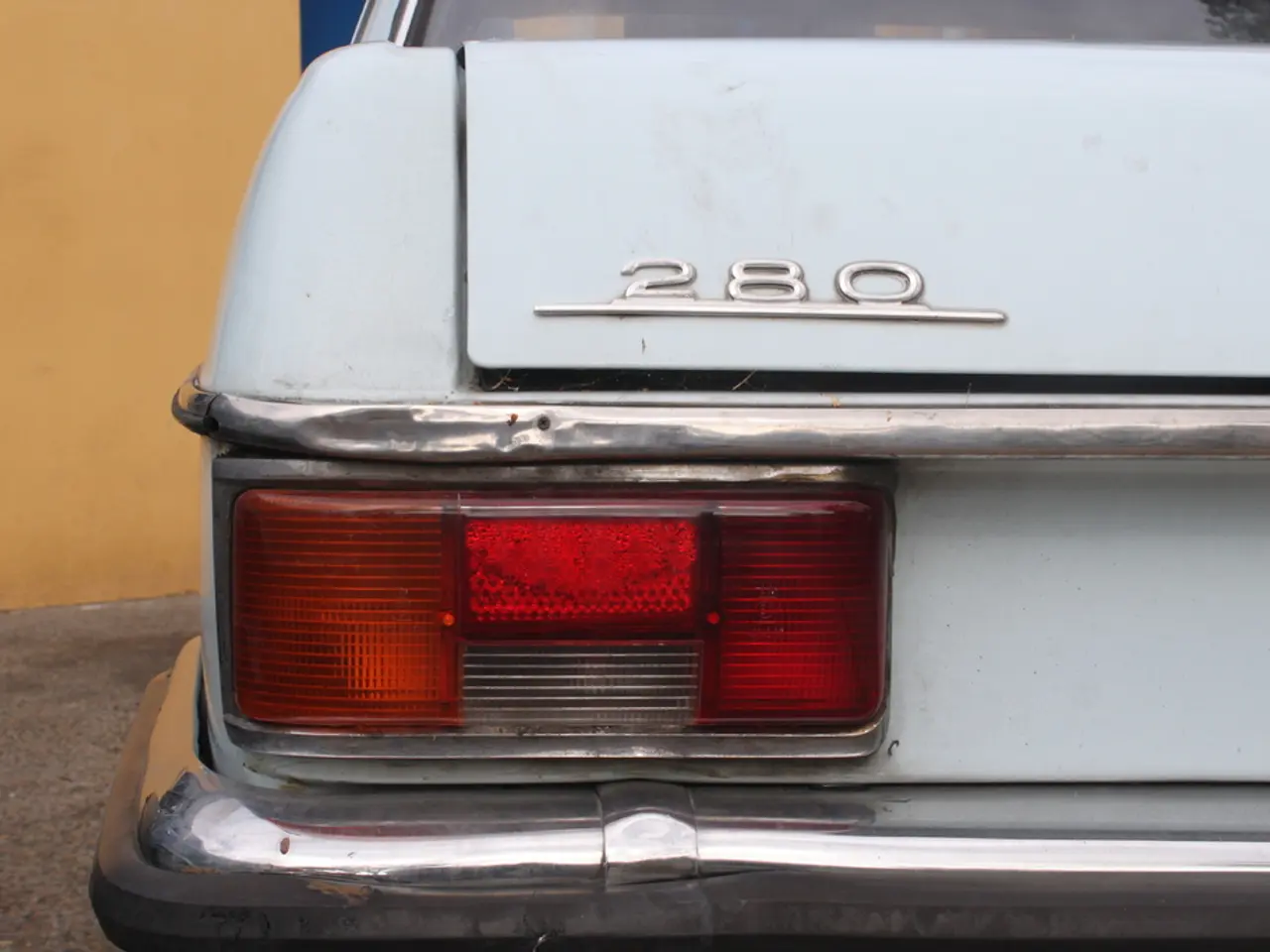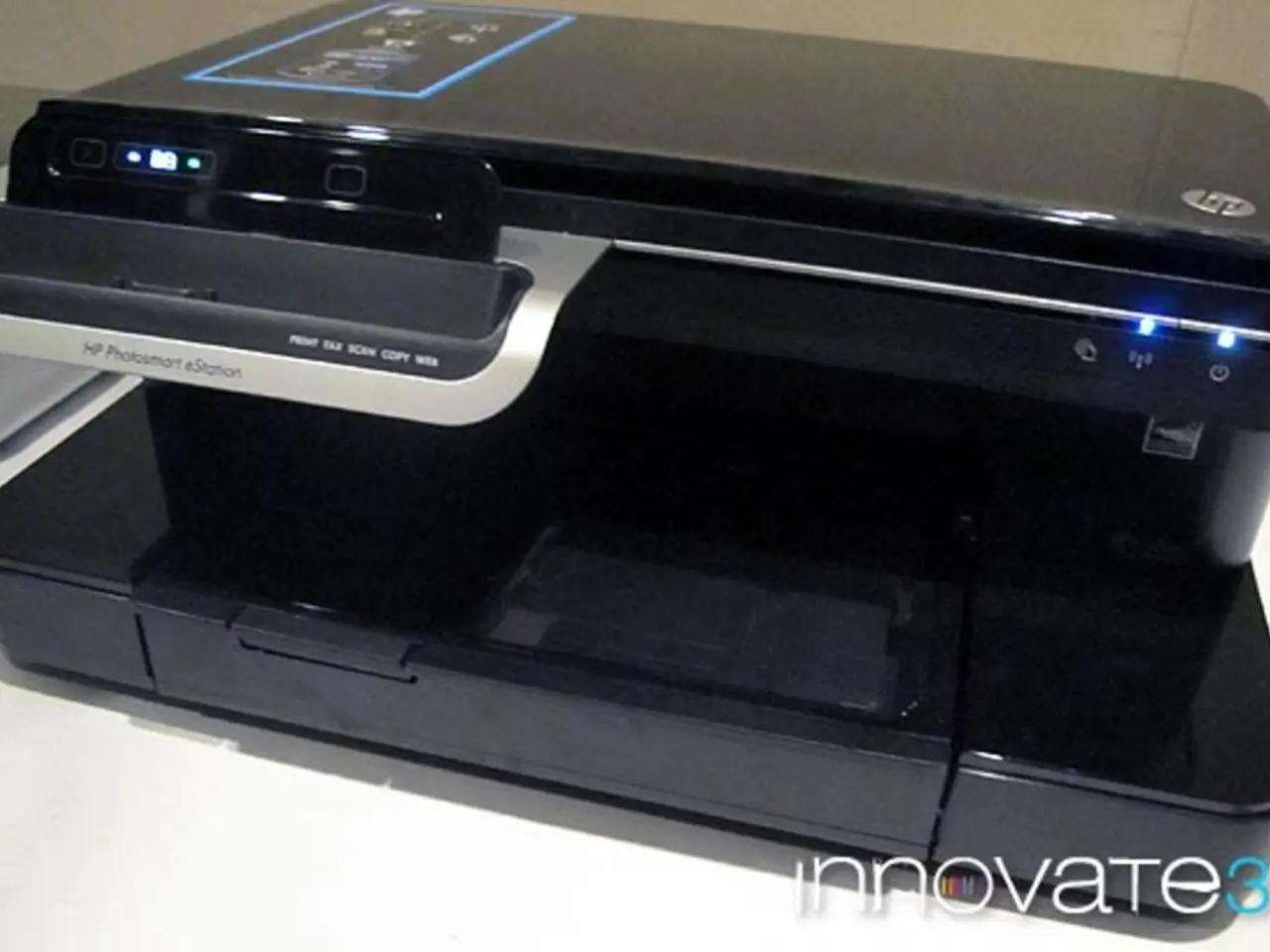Enhancing an RC Car with Automatic Emergency Braking Systems
In an effort to protect RC cars from frequent crashes into walls and curbs, a new system has been developed by Narrow Studios. The system, based on ultrasonic sensors, Arduino Nano, and a motor controller, aims to prevent collisions and improve the driving experience for RC car enthusiasts.
The heart of the system is the HC-SR04 ultrasonic sensor, mounted at the front of the car to face obstacles directly. For wider coverage, the sensor can be mounted on a servo motor to rotate and scan the environment ahead. Ensuring the sensor is securely attached is crucial to avoid vibration that can affect readings.
To refine sensor data processing, smooth averaging or median filtering is applied to ultrasonic distance readings to reduce noise and false triggers. Threshold distances are also implemented to trigger braking or speed reduction, allowing for gradual stopping rather than abrupt halting.
The motor controller is commanded to brake by the PWM signal from the Arduino Nano. A motor driver compatible with Arduino Nano, such as L298N, is used, which supports direction and speed control through PWM signals. Braking behavior is programmed by rapidly reducing the PWM signal to motor speed or actively reversing motor polarity for dynamic braking. An emergency stop functionality is also included to immediately cut motor power when an obstacle is detected within a critical range.
By carefully mounting the ultrasonic sensor (potentially on a servo for scanning), smoothing sensor readings, programming progressive braking via motor controller PWM control, and calibrating thresholds, the obstacle detection and braking system for an Arduino Nano-based RC car can be significantly improved.
However, the ultrasonic sensor-based system may not be effective for those who insist on accelerating quickly near obstacles. Further development of the system could improve its ability to prevent collisions at high speeds near obstacles. The refresh time of the sensors and the overall system could potentially be a weakness of the ultrasonic sensor-based solution, and this aspect could be improved with further work.
This ultrasonic sensor-based system represents a step forward in protecting RC cars from collisions, making the hobby more enjoyable for all. With careful mounting, refined sensor data processing, enhanced braking control, and calibrated thresholds, the system can significantly improve the driving experience for RC car enthusiasts.
The Arduino Nano, a key hardware component in the system, sends PWM signals to control the motor driver, such as L298N, for braking and speed adjustments. This technology-driven system, paired with ultrasonic sensors and gadgets like servo motors, aims to revolutionize the way RC car enthusiasts navigate their gadgets, making the hobby safer and more enjoyable.




